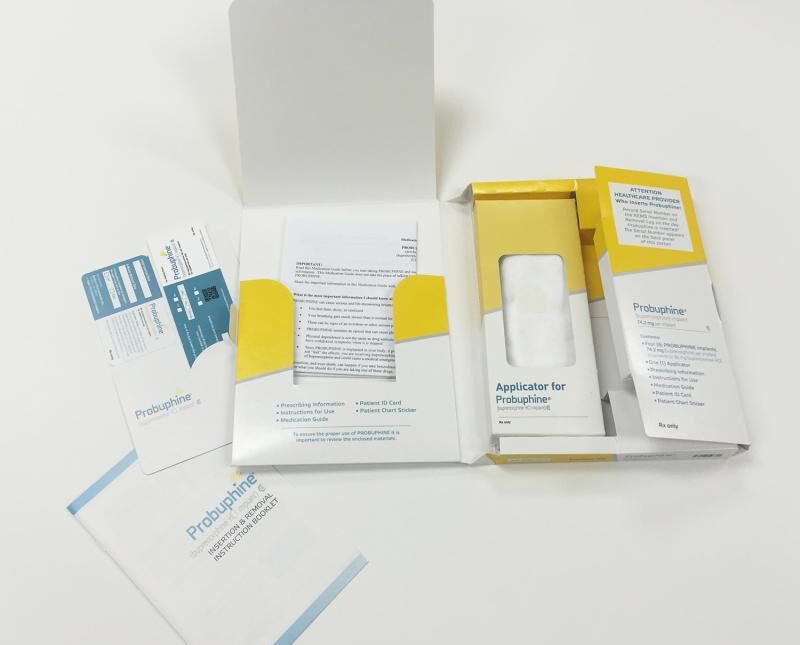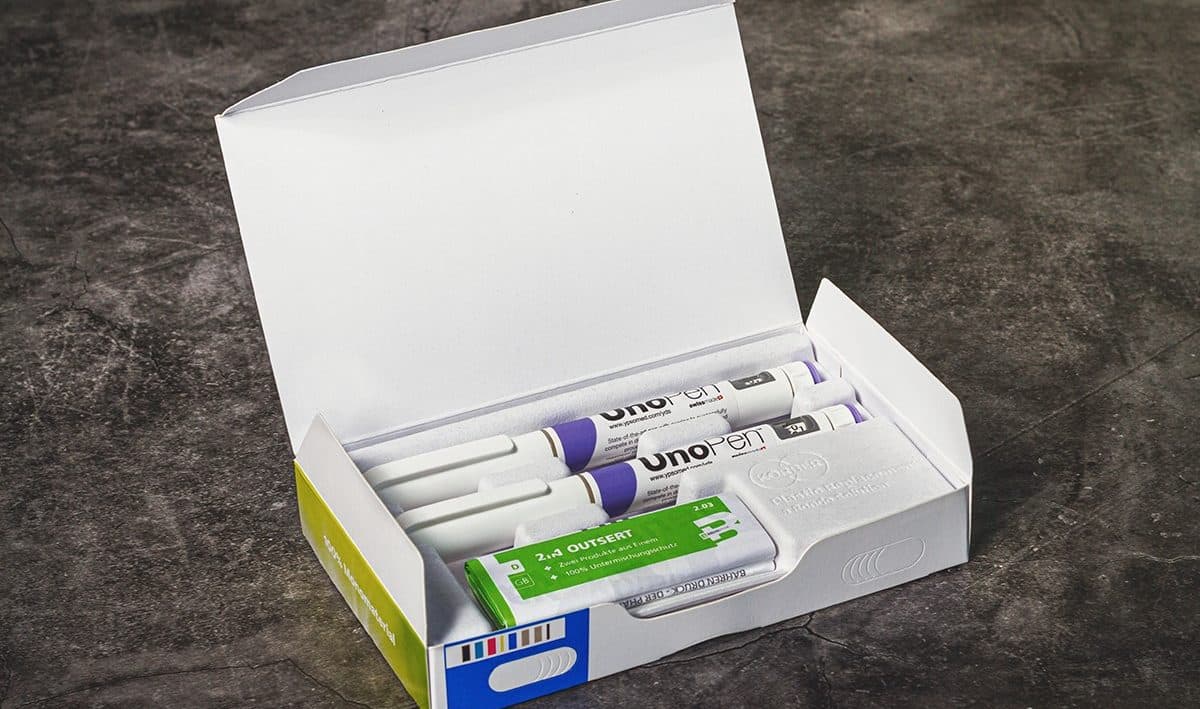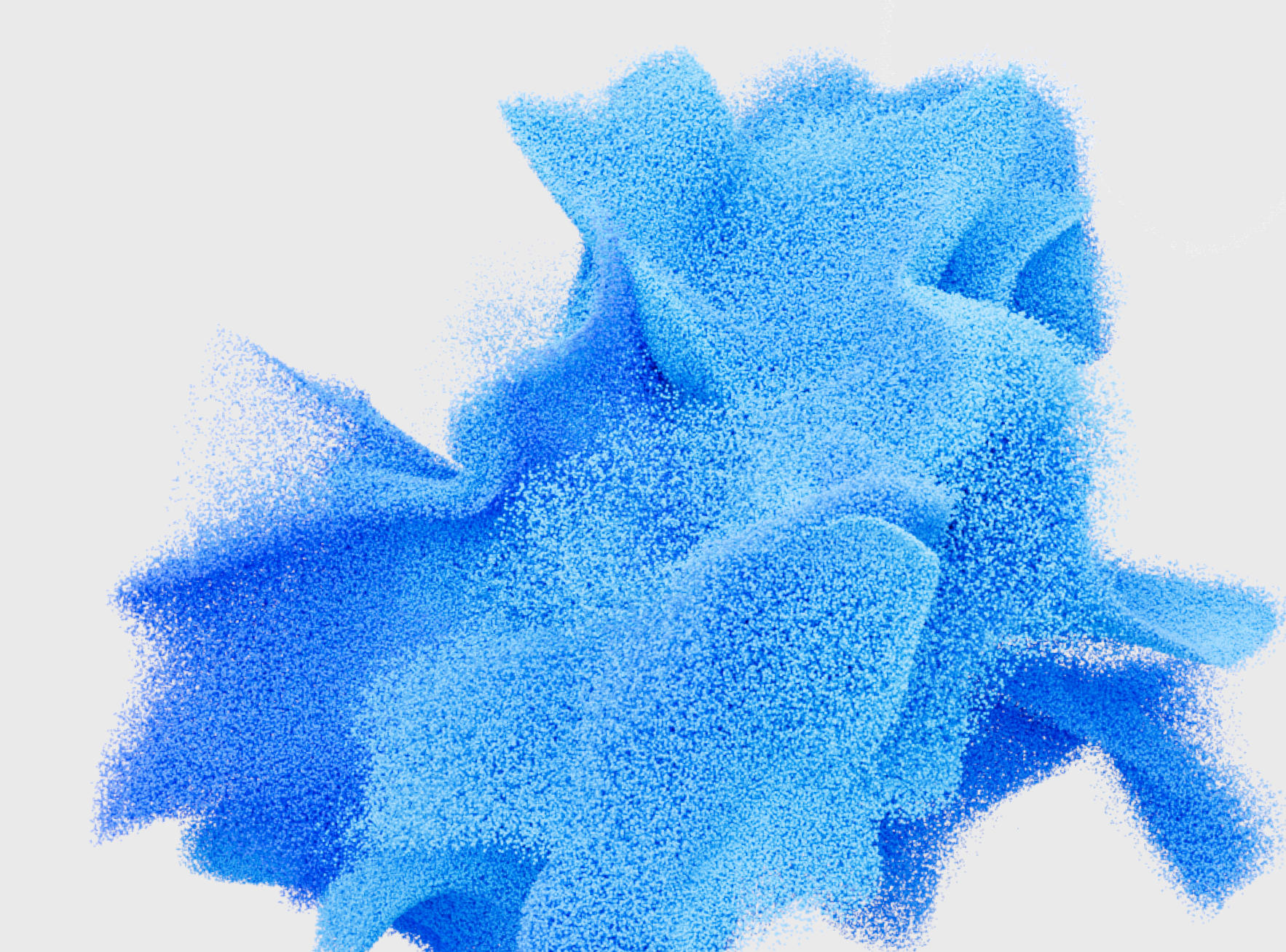The Healthcare Compliance Packaging Council (HCPC) recently awarded Sharp and Braeburn runner-up in the Compliance Package of the Year 2016 for the package and kit design for Probuphine. Probuphine is an implant inserted in the upper arm, used to treat adults with a dependence on opioid drugs.
The Challenge Identified
Braeburn presented Sharp Global Design with a challenging packaging project in 2014, to design a physician kit that included components of drastically different sizes. Most importantly, the design brief was to create a kit that ensured the physician administered the medication most effectively. It was imperative that they could understand the steps needed to administer the drug precisely in the order needed. The Sharp team went to work to configure a layout that was optimum for the project.

The Sharp Solution
Sharp’s Global Design team created an easy-to-use book-style package that held the various components in separate, staged compartments. The team wanted the packaging to be very straightforward for the physician to use when distributing the medication and therefore reduce the risk of errors in administering the drug. The design was of very high quality and also cost-effective to produce.
The Positive Outcome
Apart from creating an effective design, Braeburn were able to rely on Sharp as a single source of expertise for this project, from start to finish. The kit was designed, developed and the prototype approved by Braeburn in collaboration with the team in Allentown. This also meant that the Probuphine packaging kit was able to go into production within a very short time frame.
Probuphine is now in commercial production in the Sharp facility in Allentown, PA.
The Patient Impact
Comments provided by the HCPC judges included:
This implant kit seems very comprehensive for physicians, as well as for patients. The kit demonstrates the critical role that packaging and labelling can play in guiding professionals through safe and effective product use. The font and colours printed on the package labelling are clear and promote comprehension, and the patient materials are also very clearly stated. The 3-D package design successfully accommodates a significant amount of product components and labelling materials in reasonable footprint. There are sufficient warnings and tracking features to further guide both professionals and patients for appropriate product use and security.





